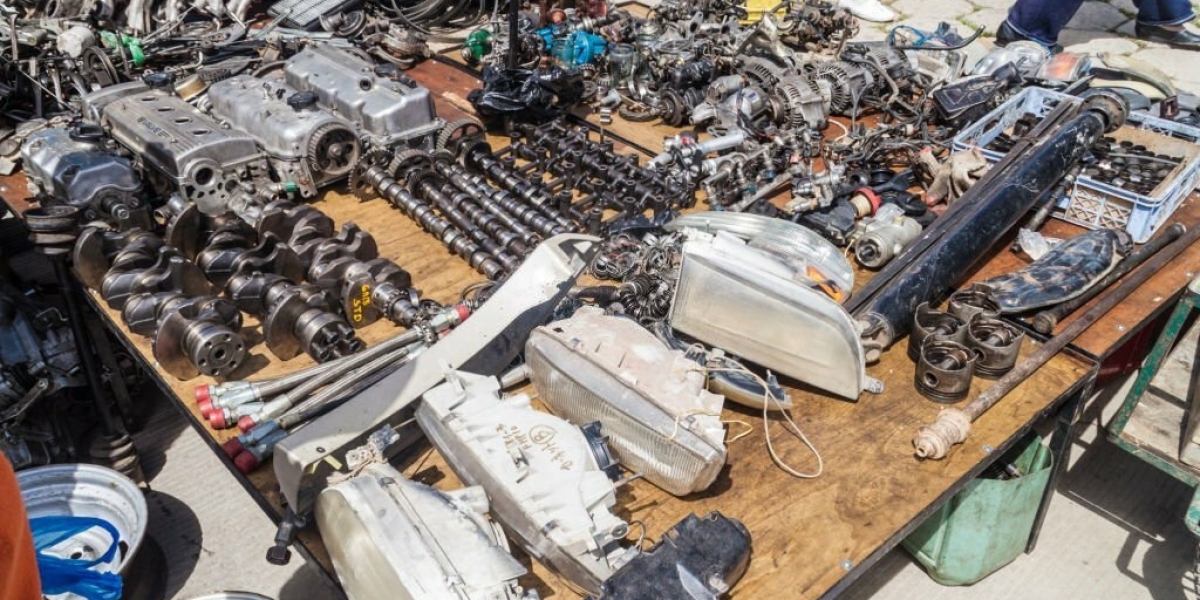In today's uncertain world, personal safety is a top priority for many individuals. Building a comprehensive self defense kit arsenal involves equipping yourself with the right tools and resources to protect against potential threats. In this guide, we'll explore two essential components of a self-defense arsenal: the self-defense kit and the pellet gun, discussing their features, benefits, and considerations for effective use.
Self-Defense Kit: Preparedness in Any Situation
A self-defense kit is a collection of essential items designed to help individuals respond effectively to threats and emergencies. From everyday carry (EDC) items to specialized tools, a well-equipped self-defense kit provides peace of mind and preparedness in various situations. Here's what to include in your self-defense kit:
Key Components of a Self-Defense Kit:
Pepper Spray: Pepper spray is a non-lethal self-defense tool that can incapacitate an attacker by causing temporary blindness, difficulty breathing, and intense discomfort. Compact and easy to carry, pepper spray is an effective option for personal protection in close encounters.
Personal Alarm: A personal alarm emits a loud, attention-grabbing sound when activated, alerting nearby individuals to your distress and deterring potential attackers. Portable and discreet, personal alarms provide an additional layer of security in threatening situations.
Tactical Flashlight: A tactical flashlight serves multiple purposes in a self-defense kit, providing illumination in low-light conditions, disorienting attackers with strobe functions, and serving as a striking tool in close-quarters combat. Look for a compact, durable flashlight with multiple brightness settings and a robust construction.
Emergency Whistle: An emergency whistle is a simple yet effective signaling device that can attract attention and summon assistance in emergencies. Lightweight and portable, an emergency whistle is an essential addition to any self-defense kit, providing a reliable means of communication in distress.
First Aid Supplies: Basic first aid supplies such as bandages, antiseptic wipes, and adhesive tape are essential components of a self-defense kit, allowing individuals to treat minor injuries and wounds sustained during emergencies.
Pellet Gun for Self-Defense: A Controversial Choice
A pellet gun, also known as an air gun or air pistol, is a firearm that propels projectiles using compressed air or gas rather than gunpowder. While traditionally used for target shooting and small game hunting, pellet guns have gained attention as potential options for self-defense. However, their effectiveness and legality for self-defense purposes are subject to debate. Here are some considerations:
Key Considerations for Pellet Guns in Self-Defense:
Less-Lethal Option: Pellet gun for self defense are considered less-lethal weapons, meaning they have the potential to cause injury but are less likely to result in fatal wounds compared to traditional firearms. As such, pellet guns may be viewed as a non-lethal alternative for self-defense in situations where lethal force is not warranted.
Legal and Regulatory Considerations: The use of pellet guns for self-defense is subject to legal and regulatory restrictions in many jurisdictions. While some areas permit the use of pellet guns for personal protection, others may impose limitations or outright bans on their use in self-defense situations. It's essential to familiarize yourself with local laws and regulations governing the possession and use of pellet guns for self-defense.
Effectiveness and Limitations: While pellet guns can deliver sufficient force to incapacitate an attacker or deter a threat, they may not always be as effective as traditional firearms in stopping determined assailants. Factors such as projectile velocity, caliber, and shot placement can influence the effectiveness of a pellet gun for self-defense, so it's essential to choose an appropriate model and practice proper shooting techniques.
Training and Practice: Like any self-defense tool, proficiency with a pellet gun requires training and practice. Individuals considering using a pellet gun for self-defense should undergo firearms training, familiarize themselves with the operation of their chosen model, and practice shooting regularly to maintain proficiency and confidence in their abilities.
Conclusion
Building a comprehensive self-defense arsenal involves selecting the right tools and resources to protect against potential threats. From a well-equipped self-defense kit containing essential items for emergency preparedness to a pellet gun offering a potential less-lethal option for personal protection, individuals can enhance their safety and security by investing in the right tools and training for self-defense.
Unique FAQs
Can I legally carry a pellet gun for self-defense?
The legality of carrying a pellet gun for self-defense varies by jurisdiction, with some areas permitting their use for personal protection under specific circumstances. However, others may impose restrictions or prohibitions on the use of pellet guns for self-defense. It's essential to consult local laws and regulations governing the possession and use of pellet guns in self-defense before carrying one for personal protection.
Are pellet guns as effective as traditional firearms for self-defense?
While pellet guns can deliver sufficient force to incapacitate an attacker or deter a threat, they may not always be as effective as traditional firearms in stopping determined assailants. Factors such as projectile velocity, caliber, and shot placement can influence the effectiveness of a pellet gun for self-defense, so it's essential to consider these factors when evaluating their suitability for personal protection.








